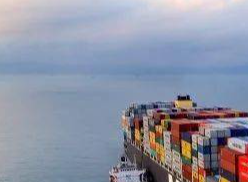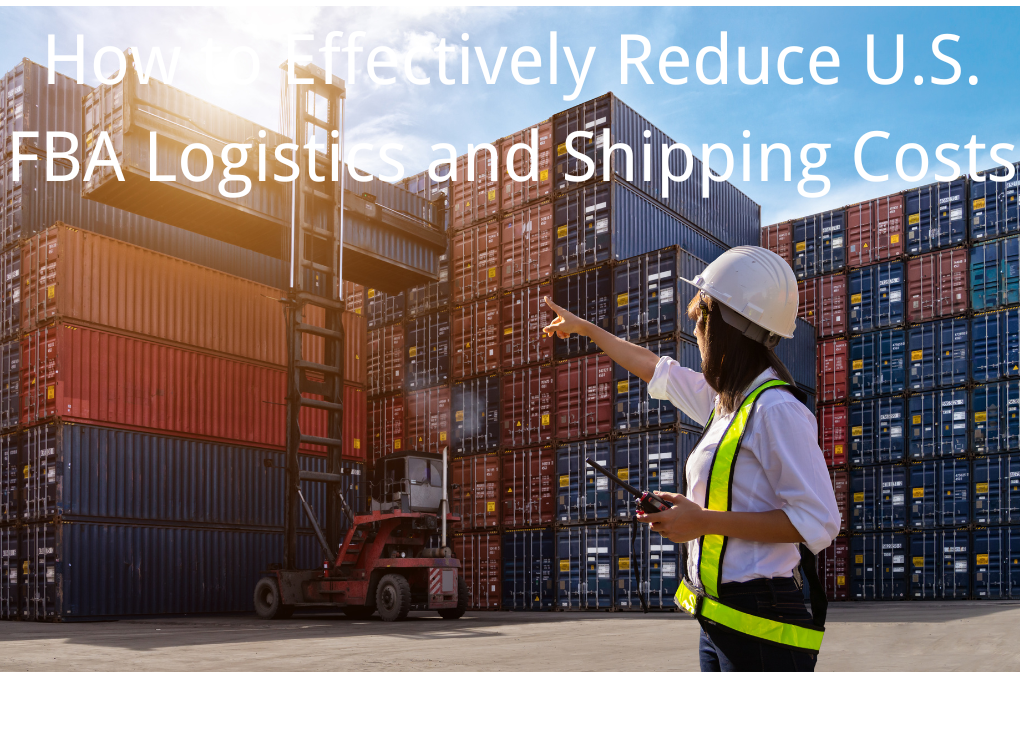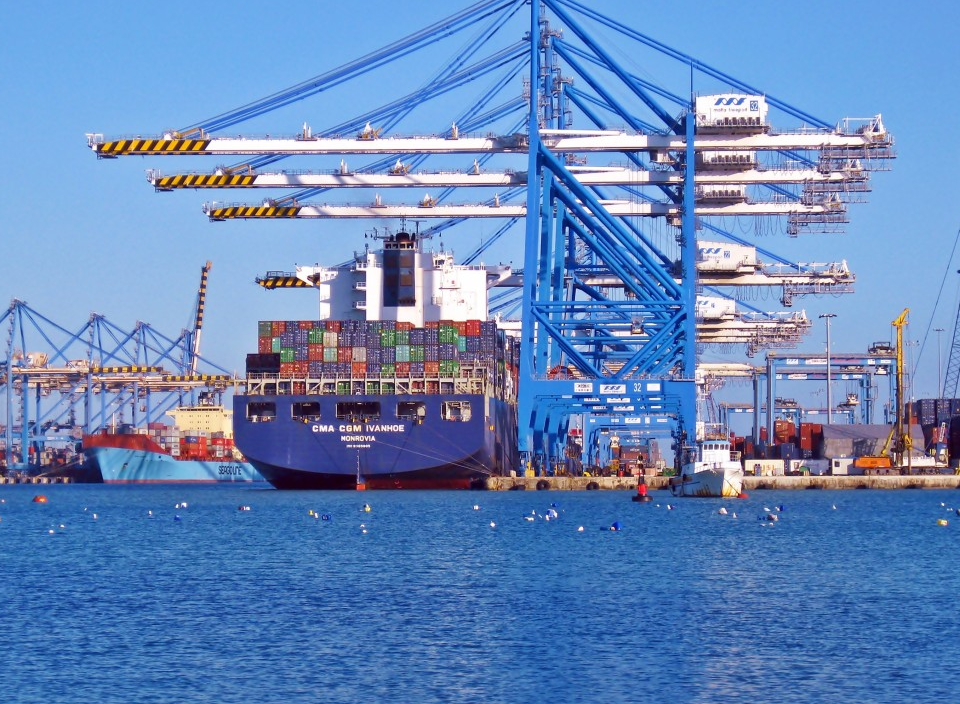FBA LCL Quote
FBA 40HQ FCL Quote
What is CBM?
CBM, an abbreviation for cubic meter (m³), serves as the standard unit of measurement for calculating the volume of cargo in logistics, specifically in cross-border air and sea transportation. Understanding and accurately calculating CBM is essential for efficient shipment planning, proper utilization of transport vehicles and storage facilities, and cost management.
Significance of CBM in Transportation
CBM plays a crucial role in both air and sea transportation by determining the space a shipment occupies. This volumetric measure is universally used for calculating storage and freight charges globally, and is equally significant for air freight, sea freight, and even truck and van transportation.
In air transportation, airlines calculate freight costs based on the larger value between the volumetric weight and the actual weight of the goods. This system ensures that bulky yet lightweight shipments are charged fairly compared to dense items. Sea freight pricing primarily focuses on shipment size rather than weight, as sea vessels are equipped to handle large volumes of cargo.
Calculating CBM
The calculation of CBM follows a straightforward formula. For regular-shaped cargo, measure the length, width, and height of the item in meters and multiply these dimensions:
- \[ \text{Length (m)} \times \text{Width (m)} \times \text{Height (m)} = \text{CBM (m³)} \]
For multiple identical items, this formula can be multiplied by the total number of items. If the shipment includes items of various sizes, repeat the calculation for each item and sum the resulting volumes.
Shipments with irregular shapes require a different approach. Measure the longest length, width, and height to account for the entire space occupied by the item. Use the following adjusted formula for irregular shapes:
- \[ \text{Longest Length (m)} \times \text{Longest Width (m)} \times \text{Longest Height (m)} = \text{CBM (m³)} \]
For cylindrical items, calculate the CBM using the radius and height with the formula:
- \[ \pi \times \text{Height (m)} \times (\text{Radius (m)})^2 \]
where \(\pi \approx 3.14\).
Impact on Freight Charges
Carriers use CBM to determine the chargeable weight of a shipment. Different modes of transport convert 1 CBM into varying weight values:
- Air freight: 1 CBM = 167 kg
- Road freight: 1 CBM = 333 kg
- Sea freight: 1 CBM = 1,000 kg
Dimensional Weight (DIM Weight)**: This metric is essential for lightweight shipments that occupy significant space. For example, a pallet of cotton versus a pallet of metal would be billed differently despite their identical volume due to their weight difference. Carriers determine the chargeable weight based on the greater value between the DIM weight and the gross weight.
CBM in Container Shipping
Choosing the right container size based on CBM calculations optimizes freight costs and handling efficiency. The average CBM capacities for commonly used containers are:
- 20' container: 26-28 CBM (maximum 33 CBM)
- 40' container: 56-58 CBM (maximum 66 CBM)
- 40' high cube: 60-68 CBM (maximum 72 CBM)
- 45' high cube: 72-78 CBM (maximum 86 CBM)
Conclusion
Understanding CBM and how to calculate it is integral to the logistics and transportation industries. By making informed decisions based on CBM measurements, logistics professionals can optimize cargo loading, manage shipping costs, and ensure compliance with global standards. The proper calculation and application of CBM ensure efficient operation of cross-border air and sea transportation.



